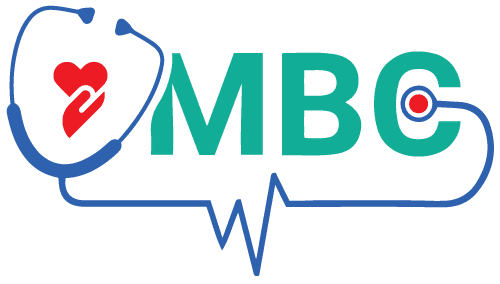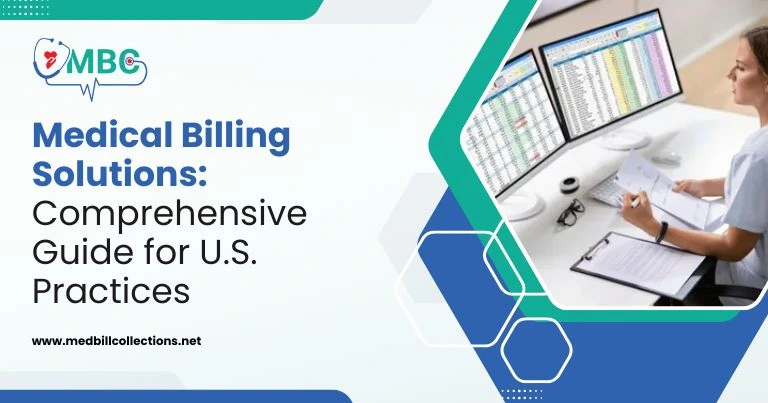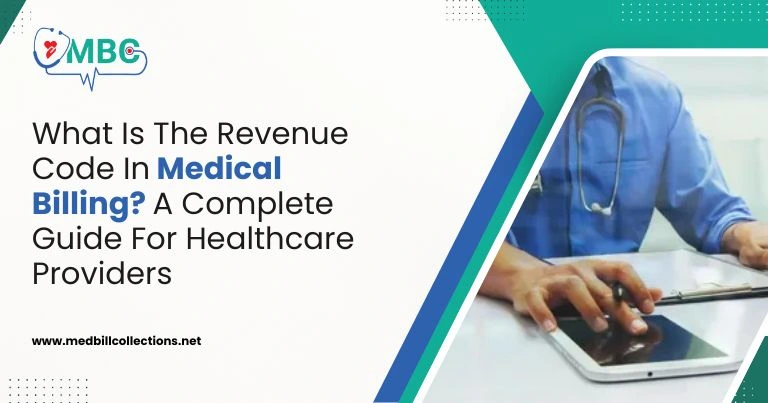The healthcare process of billing personal injury cases involves numerous complicated steps. Every healthcare administrator who manages documentation and each provider who handles insurance claims rely on total accuracy in their work. Accurate CPT implementation, along with ICD-10 codes, serves as a basic requirement for obtaining payments and making collections successful.
This article examines the essential function that healthcare billing codes perform during personal injury claims collections, where it explains their basic aspects along with their financial impact on practitioner outcomes. You will acquire helpful steps that simplify this essential workflow by the time you finish.
What Are CPT and ICD-10 Codes?
In order to discuss personal injury billing, we must first explain the codes and how they work.
CPT Codes (Current Procedural Terminology)
The American Medical Association (AMA) maintains a series of five-digit alphanumeric CPT codes. Healthcare providers use these codes to describe the medical, surgical, and diagnostic procedures they perform for their patients. This suggests that medical service staff and insurance companies also use these codes as a standard correspondence framework.
For example, the CPT code is ‘71046.’ An insurance payer understands this to be a single chest X-ray when someone has had a car accident. This coding system will allow insurance companies to understand the entire procedure done by the health practitioners so as to calculate the reimbursement accordingly.
ICD-10 Codes (International Classification of Diseases)
The World Health Organization (WHO) is responsible for controlling ICD-10 codes used to classify medical conditions, injuries and health problems. All healthcare facilities use these codes to record patients’ conditions.
For example, if somebody experiences a whiplash accident in a car and their neck gets hurt, then the code would be ‘S13.4XXA’ for their accident. The ICD-10 system provides more detail useful to doctors understanding their patient’s health needs and also helps other ICD codes to treat a patient.
How They Work Together in Medical Billing
The Current Procedural Terminology and ICD-10-CM codes function as one cohesive team. The set of CPT codes establishes service descriptions, yet ICD-10 codes provide the essential reasons for medical procedures. These codes are for used in combination to provide a sequential explanation to insurance companies in processing claims timely.
Why Are Accurate Codes Essential in Personal Injury Billing?
Personal injury claim submissions present an already complicated procedure. Proper coding implementation further complicates matters, which increases the associated risks. Accurate codes serve the following vital purposes:
Impact on Reimbursement and Collections
The main purpose of CPT with ICD-10 codes is to facilitate healthcare provider compensation for their medical work. Errors or mismatches in the coding procedures can disrupt the process. Medical insurance companies tend to deny compensation for unidentified medical procedures (CPT) based on their corresponding medical problems (ICD-10). Financial delays and limited reimbursements, together with denied claims, are potential results of incorrect coding.
Common Mistakes in Personal Injury Coding
Medical errors resulting from coding mistakes eventually lead to significant expenses. Some common pitfalls include:
- Overcoding or Undercoding: The practice of choosing procedures with higher or lower billing rates than what healthcare providers actually do creates either overcoding or undercoding incidents.
- Incorrect Code Combinations: The combination of incompatible CPT and ICD-10 codes can lead to rejection by insurers when the codes display inconsistencies.
- Generic Coding: Healthcare providers that use the basic coding as opposed to exact matching generic options may have claims rejected by insurers.
For instance, an insurance company will deny such an ICD-10 code that lacks the specifics for strain, sprain, or fracture, such as the generic code for back injury.
Delayed Payments and Claim Rejections
The use of incorrect coding produces continuous communication with insurance firms, which results in delayed reimbursement payments. Having to file appeals after rejected claims presents a lengthy process for provider organizations, as it necessitates a complete restart of the review process. Practices that handle numerous personal injury cases must pay special attention to delayed cash flow caused by this situation.
The Role of CPT Codes in Personal Injury Billing
The process between medical treatment received and requested payment compensation depends heavily on CPT codes.
Commonly Used CPT Codes for Personal Injuries
Here are some examples of CPT codes frequently used in personal injury claims:
- 99203 – Evaluation and management for a new patient.
- 97110 – Therapeutic exercises performed during rehabilitation.
- 97010 – Application of hot or cold packs.
There is a detailed explanation of the procedures affected in each of these codes, and it serves as a guide to insurers to verify and approve the claims.
Best Practices for CPT Code Selection
- CPT Codes Should Align with Medical Necessity: CPT codes are to align to the entire medical procedure that is diagnosed specific to medical necessity.
- Up-to-Date Documentation: The AMA releases annual updated CPT code revisions, so it is important for healthcare providers to ensure that their codes are updated frequently to avoid the use of obsolete coding.
- Double-Check Modifiers: Medical claims become more understandable when you use the “-22” (unusual procedures) modifier in addition to other modifiers that apply.
The Role of ICD-10 Codes in Personal Injury Billing
ICD-10 codes function as the primary diagnostic tool when processing injury billing claims. Each code serves as evidence that insurers must accept in order to approve payments.
Why Accurate ICD-10 Codes Are Crucial
ICD-10 codes can provide the severity and nature of injuries that insurers need to understand. Accurate medical coding allows insurance claims to present the actual scope of patients’ medical conditions, which results in faster claim approvals.
For example, S06.5X1A demonstrates better validation success rates because it shows traumatic intracranial injury with loss of consciousness, while simple “head injury” descriptions do not perform well in this process.
Examples of Common ICD-10 Codes for Personal Injury
- S13.4XXA – Whiplash injury.
- S23.3XXA – Rib fracture due to blunt trauma.
- S43.009A – Dislocated shoulder due to an accident.
These specific codes provide connections between patient care, treatment, and diagnosis, thus eliminating payment ambiguity for insurers.
How Proper Coding Boosts Collections
Proper coding systems prevent claim rejections and simultaneously speeds up the collection process for healthcare providers.
Speeding Up Reimbursements
Insurance claims establish their bases through proper coding, preventing delays and insurance disputes. Smooth payment processing happens because providers steer clear of time-consuming appeals as well as requests for additional documentation.
Negotiation and Payer Outcomes
Your payers will find increased strength in your cases when you implement proper coding methods. The connection between treatment procedures (CPT) and medical conditions (ICD-10) creates convincing evidence to support medical insurance coverage requests. Better payment settlements will result from this approach
Case Study Example
Take a facility as an example that provides physical therapy for injured patients. The implementation of a strict coding protocol enabled the organization to decrease their claim rejections by 20% per 6 months. The code implementation practice both reduced denied claims and delivered immediate positive effects on their cash flow.
Key Strategies for Better Financial Outcomes
- Regular Training of coding staff should include the latest CPT and ICD-10 code changes.
- Internal Audit of Claims: Review the claims internally before submitting the claims.
- Leverage Software: Internal Audit of Claims: Review the claims internally before submitting the claims.
These steps tend to decrease the error rate while also increasing the speed and success rate of collections.
Coding Precision for Financial Success
Financial stability in personal injury cases relies on accurate CPT and ICD-10 codes. These codes must go beyond standard checklist items to ensure accuracy. Healthcare providers who practice coding accurately will obtain better payment reimbursements. Accurate coding also prevents submission delays, leading to improved cash flow management.
Medical facilities should use specialized personal injury collection services to handle coding and billing properly. This will help optimize financial outcomes for facilities facing personal injury claims and collections. Start your process transformation now to collect what belongs to you.







